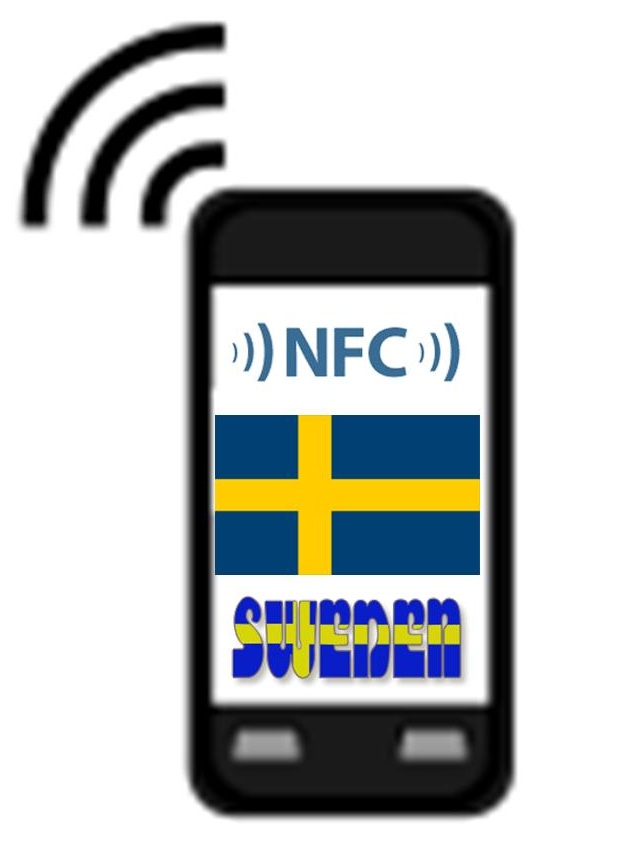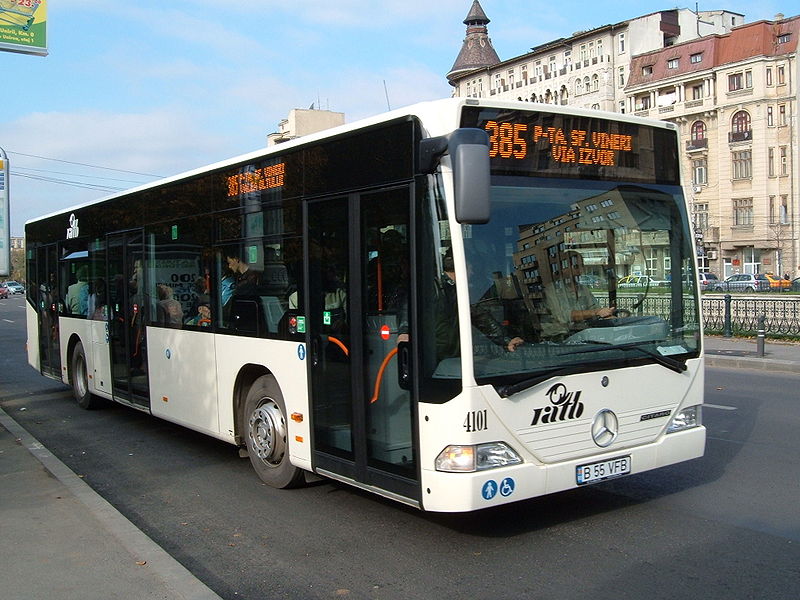 The SEQR service will be using near field communication tech according to the company’s announcement.
The SEQR service will be using near field communication tech according to the company’s announcement.
An SEQR mobile payments service company based in Stockholm, Seamless, has just announced that its product will now include the use of NFC technology for more transaction options.
The latest predictions from the company say that it will be implementing the contactless tech any day now.
The company has said that the solution is ready and that consumers should expect to start seeing the NFC technology in stores any time now. At the moment, it uses SEQR, which is a method that applies QR codes that are affixed to the terminals at the point of sale in a store. This allows smartphone users to scan the barcodes in order to be able to complete a purchase transaction.
As with the former version of the service, the company’s app is required to use the NFC technology.
In order to make payments using the NFC technology, smartphone users must have an enabled device in which they have downloaded the Seamless app. From there, they can choose to either scan the QR code or they can tap the device to the NFC stickers, which will produce the same results. This action automatically uses funds from the user’s account to pay for the purchase.
Though the QR codes should still be available, the new solution will allow NFC technology stickers to be used instead by devices that are capable of using them. According to the president and CEO of Seamless, Peter Fredell, “This will make us a completely technology-independent option for retailers and users.”
Fredell also pointed out that “It still costs the retailer nothing to introduce SEQR, and no expensive hardware or complicated installation is needed. With the Seamless NFC solution, we have also solved the big security problems that were previously associated with NFC technology.”
The company has stated that its new mobile payments solution has allowed it to become the leading smartphone transaction service in Sweden. It has already been adopted by McDonald’s restaurants as well as by the grocery retailer, Axfood group, which has allowed it to become widespread throughout Sweden. Now, it will be bringing NFC technology to each of these locations, as well.

 Mass transit users in Romania will be able to use their smartphones to pay for their passage.
Mass transit users in Romania will be able to use their smartphones to pay for their passage.